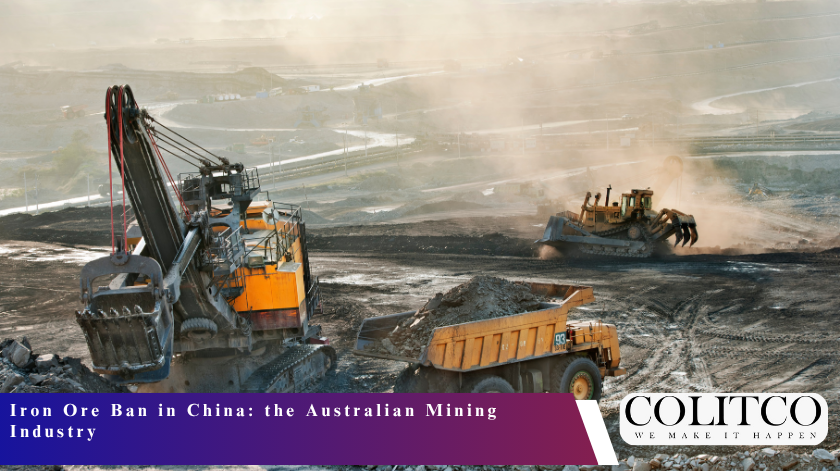The import restrictions on Chinese mining have brought a sense of insecurity to the Australian mining industry. Close focus has been cast on the recent move by Beijing to temporarily stop imported iron ores of BHP Group Ltd in the global commodities market. The ban that was occasioned following a pricing tussle between BHP and China Mineral Resources Group (CMRG) has cast doubts on the stability of trade between two long-term economic partners.
History of the Iron Ore ban
These Chinese mining import restrictions are aimed at new seaborne iron ore dealings at US dollar denominations, in addition to shipments that are already on their way but have not been landed in China. Chinese traders and steel mills are told to stop making new purchases of BHP, but the cargoes already arrived can still be traded in the domestic market.
Although the suspension has had its effect to this extent of creating highs and lows in market sentiment, it is largely seen as a tactical move in the current pricing negotiations and not a trade barrier. BHP has been making shipments using the same contracts as it observes the situation that has been changing.
The rationale to the Chinese decision
The preliminary suspension is a result of a dispute on the pricing mechanism between the BHP and CMRG, which includes more than half of the steelmakers in China. BHP would rather have annual prices that are pegged to global standards, as it is looking at having stable and higher prices. Conversely, the Chinese consumers are demanding quarterly prices that are pegged to the low market rate to cut down on their expenses by up to 15 dollars per tonne.
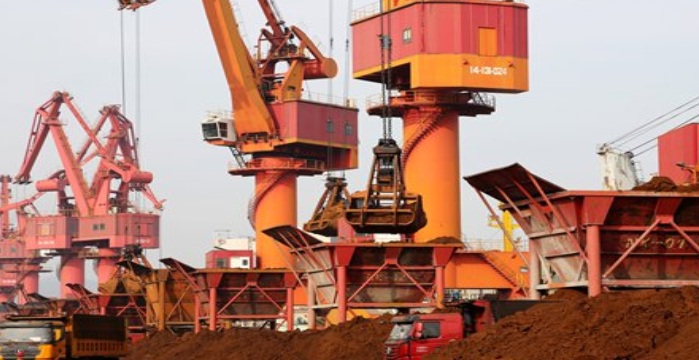
Another issue in the dispute is that of grading the iron ore and impurities, which affect the end purchase prices. In the case of China, the consolidation of buying with CMRG is one of the wider initiatives of attaining greater bargaining power in the world commodity negotiations.
Strategic and Economic Reasoning
The Chinese mining import quotas are an indication of the intentions of Beijing to build a stronger grip on key imports that form the basis of its steel sector. The formation of CMRG was meant to consolidate procurement and bargaining as one with the big suppliers like BHP, Rio Tinto, and Fortescue Metals Group.
The steel industry of China has been continuously experiencing cost pressure because of the reduced demand of construction and environmental restrictions. Authorities also seek to stabilise the production margin in the domestic steel industry by exercising tighter control over the import prices. The relocation is also a pointer to being more aggressive in the control of the supply chains of strategic commodities.
Australia Mining Sector Impact
The effect on the Australian mining industry has been instant. Since the beginning of October 2025, we have witnessed volatility in the market price of BHP. Since the middle of August, analysts have noticed that the volumes of shipments of BHP to China have decreased. According to statistics given by UBS Evidence Lab, the BHP market share decreased to 26 per cent compared to approximately 32 per cent, but it is possible that the maintenance and infrastructure projects in the Pilbara also led to the fall.
BHP caters much to the Chinese market, so it exports about 85 per cent of its Pilbara iron ore to China. This reliance puts the company at risk of trade uncertainties compared to its adversaries. In the event that the ban continues, BHP might have to shift the cargoes to alternative markets, and this could lead to poorer pricing and logistical hitches.
Expansive Industry Reaction and Industry Changes
Other giant producers like Rio Tinto and Fortescue are closely following. Rio Tinto, which sells 79 per cent of its iron ore to China, has moderate exposure, and the corresponding dependency of Fortescue (87 per cent) resembles the vulnerability of BHP. Non-BHP brands of iron ore have been in demand in the market, with the Chinese mills searching for alternative sources.
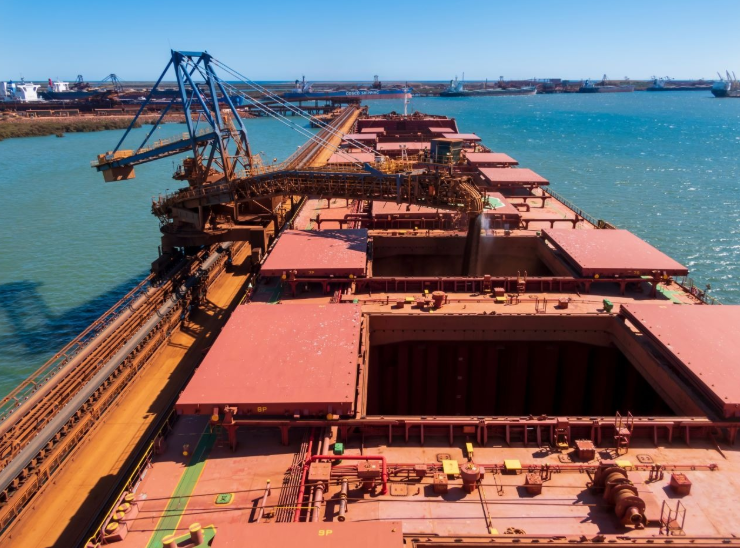
Iron ore exports continue amid market uncertainty following China’s temporary import restrictions.
In the short term, it has increased premiums of other suppliers and possible escalation of freight costs due to the change of routes. Certain pundits postulate that Brazilian and African producers, especially those working on projects in the Guinea region of Simandou, might gain in case the trend persists. Nevertheless, new sources are still not able to compete with the Australian scale and reliability.
Trade Relations and Government Responses
The conflict has taken place in a wider context of multidimensional Australia-China trade relations. Australian government officials have come out asking the normal trade flow to resume, citing that there is no point in not doing it when both sides will gain. The diplomatic work is maintained by the old methods. Canberra remains strict in supporting its exporters and cordial in negotiating with Beijing.
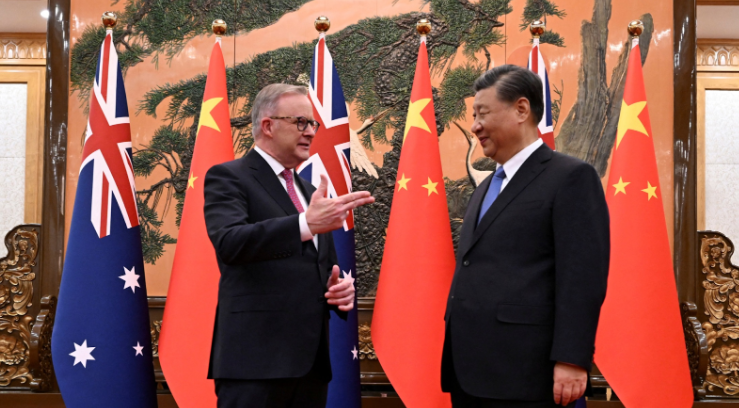
Australia and China maintain diplomatic engagement as both sides seek to preserve vital trade flows.
Trade frictions between the two countries, which have included previous restrictions on coal and wine, have in the past been relaxed after being negotiated. According to observers, the trend can recur because a long-term impairment of the supply of iron ore would impact the economic interests of both countries. China relies on the Australian ore supply to get a high-quality and consistent supply, whereas Australian miners trade on the Chinese demand.
Market Outlook for 2025
The situation will be volatile in the short term in the Australian iron ore market in 2025. The supply could be tight, which means that the price of non-BHP ore could be higher, and the general uncertainty of the market can strain the long-term contracts. Freight and insurance expenses will also vary as the changing patterns of shipping change.
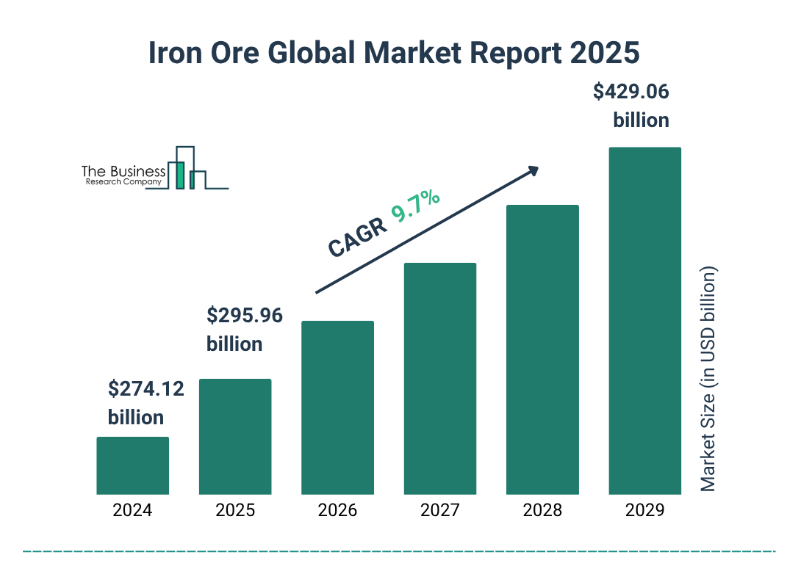
The market may stabilise soon as long as they re-enter negotiations and change the pricing models. The diversification of BHP into copper and nickel cutoff gives the firm a degree of protection against iron ore price fluctuations. UBS analysts have been neutral on BHP and have placed a price target of $43, which constitutes a small growth with the prevailing challenges.
Greater General Trends in Resource Management
The recent events are consistent with the global trends of control of resources and diversification of the supply chain. A lot of countries have augmented government participation in the production and trade of mineral resources to ensure long-term access to primary resources. The strategy of China is not an exception, as the country wants to be less dependent on the volatility of prices in the external market and the geopolitical risks.
In the case of mining companies, the situation at hand strengthens the diversification of marketplace export and risk management strategies. The reinforcement of relationships with non-traditional buyers and greater flexibility of operations can be one of the methods to avoid disruption in the future.
Also Read: Victory Metals Gains Environmental Approval to Advance North Stanmore Project
Final Thoughts
The limitations on the importation of china mining have provided an adjustment time to the Australian mining industry. Although this ban has shaken investor confidence in the market, the two countries enjoy a high economic interdependence that would be difficult to uproot in the long run. The next few months will see how BHP and its peers can endure as they juggle between short-term trade issues and long-term strategic issues.
As Australia’s largest trading partner continues to consolidate its buying power, mining companies face a new era of negotiation where adaptability and diplomatic stability remain essential. The situation underscores the enduring importance of maintaining balanced trade relations and diversified export strategies in a rapidly shifting global resource landscape.
FAQS
- Why did China ban iron ore imports from BHP?
China introduced temporary import restrictions on BHP due to a pricing dispute with China Mineral Resources Group (CMRG) over long-term contract terms and pricing models. - How will China’s iron ore ban affect Australia’s mining sector?
The ban has caused short-term uncertainty in the Australia mining sector, especially for BHP, which ships around 85% of its Pilbara iron ore to China. - Is the China iron ore ban permanent or temporary?
Industry analysts believe the ban is temporary and part of a broader negotiation strategy between China’s steel producers and major Australian miners. - What does the Chinese mining import restriction mean for global iron ore prices?
The restriction may cause short-term volatility in global iron ore prices as buyers seek alternative suppliers, potentially benefiting Brazil and Africa. - Which Australian mining companies are most affected by the ban?
BHP and Fortescue Metals Group are the most exposed due to their heavy reliance on Chinese markets, while Rio Tinto faces moderate exposure. - How has the Australian government responded to China’s import restrictions?
The Australian government has urged China to resume normal trade, emphasising the mutual economic benefits and ongoing diplomatic dialogue. - Could China replace Australian iron ore suppliers?
China is investing in alternative sources, particularly Guinea’s Simandou project, but large-scale replacement of Australian ore remains years away. - What are analysts saying about BHP shares after the iron ore ban?
UBS maintains a neutral rating on BHP, setting a price target of $43, citing short-term risks but long-term resilience through market diversification. - What lessons can be learned from previous Australia–China trade disputes?
Past trade tensions, such as the coal ban, typically led to temporary disruption followed by market rebalancing and eventual resolution. - How might the Australian iron ore market change in 2025?
The Australian iron ore market in 2025 is expected to see continued volatility, with shifting trade patterns and new pricing models emerging.

